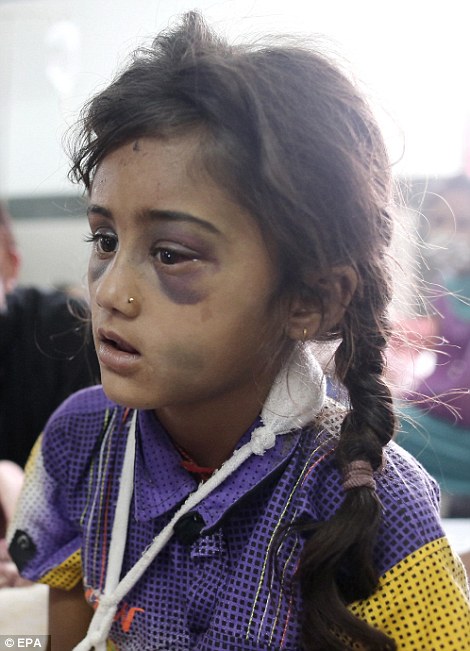Nepal’s death toll reaches 6,200 which is most likely to increase by the day. Rescue operations are getting extremely difficult in remote regions due to its topography and bad weather conditions.
Official statics show 13,932 injured but people in the mountain regions are unaccounted of with no access of roads or helicopter reach.
The stench of dead bodies under the rubble and large numbers of dead bodies could lead to an epidemic. Immediate cremation is required but waiting for the dead’s kin to claim the body is equally important.
Adverse conditions power cut, fuel shortage, communications blackout are making rescue operations more difficult.
A team of Gurkha engineers arrived in the Himalayan country yesterday aboard a C-17 aircraft, along with 18 tonnes of aid supplies that included shelter kits and solar lanterns.
Aid is slowly beginning to reach remote towns and villages nestled in the mountains and foothills but the overpowering smell of bodies trapped beneath the rubble of collapsed buildings in the capital is making it hard for residents to return to their homes.
IMMEDIATE CREMATIONS ORDERED
The vast number of dead and stench of rotting bodies has led officials to demand immediate cremations.
Disposal of the hundreds of bodies still being found six days after the 7.9 magnitude quake devastated the Himalayan nation of 28 million people, was causing a problem.
Raman Lal, an Indian paramilitary force official working in coordination with Nepali forces, said they had been ordered to take swift action.
‘Morgues are full beyond capacity and we have been given instruction to incinerate bodies immediately after they are pulled out,’ he said.
Thousands of houses and other buildings have been destroyed, and the country has been plagued by more than 70 aftershocks since the disaster.
Now hopes of finding people alive in the cities or remote regions are starting to dwindle, despite a temporary boost when two people were pulled from the rubble five days after the disaster.
Dramatic footage yesterday showed crowds cheering as Nepalese rescuers freed 15-year-old Pemba Tamang from the debris of a seven-storey building which had collapsed in the capital.
Hours later Krishna Devi Khadka, aged in her 20s, was rescued in an area near Kathmandu’s main bus terminal.
Information Minister Minendra Rijal said the government would provide 100,000 rupees (£655) in immediate assistance to the families of those killed, as well as 40,000 rupees (£260) for cremation or burial.
But reports also say officials have ordered the immediate cremation of any bodies found as the stench and risk of disease is growing while the nation’s morgues are at capacity.
Nepalese finance minister Ram Sharan Mahat said it at least $2bn would be needed to rebuild homes, hospitals, government offices and historic buildings and he appealed for help from international donors. Others predict it will be far more.
He said: ‘This is just an initial estimate and it will take time to assess the extent of damage and calculate the cost of rebuilding.’
The last disaster on this scale to hit the Himalayan nation, sandwiched between India and China, was in 1934 when 8,500 died.
Home ministry official Laxmi Prasad Dhakal said that, even though the previous quake was more powerful, there were fewer people living in the Kathmandu valley then.
‘The scale of reconstruction will be unprecedented,’ Dhakal said. ‘We have still not even been able to assess the damage in remote areas, which have been completely devastated.








